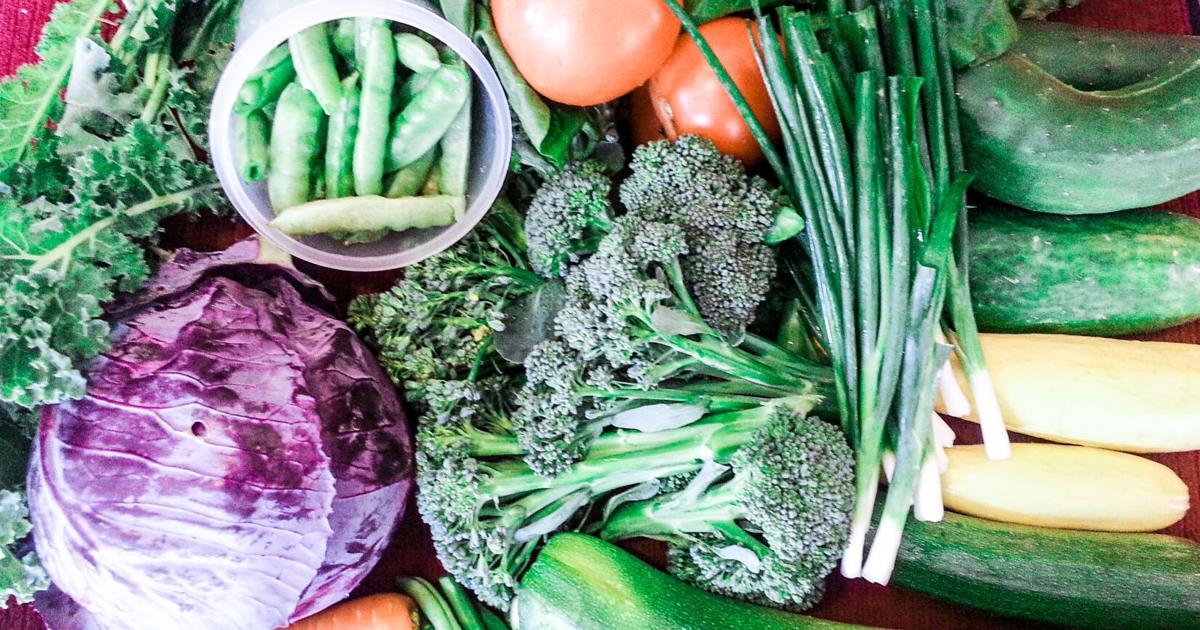Experienced gardeners know that tools can be seductive. They can wink at you from store displays. They promise you a better life. They seem like a good idea at the time.
But, in the end, an unused tool speaks of an impulsive, expensive mistake. Take an inventory of your tools that are likely to become your faithful helpers. It will also help you organize your trusted friends, so they are always within easy reach when you need them.

You can buy all the tools in the world and still have a troublesome garden with multiple problems. It is better to spend your money on precious abundant-producing plants than use the leftover money for tools to take care of them. You will probably realize that one tool might do several gardening tasks. I tend to want the latest must-have tools, but I have learned (the expensive way) they aren’t always the best choice.
Take an inventory of your tools. Presently I have a trowel, hand cultivator for weeding, pruner, weeding knife, scissors, shovel, spade, ground breaker, garden rake and leaf rake. Then there are hoses of all sorts (expandable, copper and stainless-steel no-kink (and the ones that kink every few feet), flat sprinkler, soaker, 25-foot, 50-foot, 100-foot), gloves, stakes, string, twine, plant markers, buckets, garden cart, tarp, weed barrier cloth, potting soil, several fertilizers for various plants, drill with auger for planting bulbs, water sprinkler cans, tool sharpener. I’m sure there are some others that I have loaned out and have not realized are missing and will never be returned like the wheelbarrow that I can’t remember who has it now. Please return if you are reading this.
Non-gardening tools can include pens, pencils, stapler, record books
Non gardening equipment and tools would be sticky notes, pencils, pens, file box, stapler, tape, small scissors, record keeping book for expenses, and an old phone to take pictures (remember to keep it charged). I try to retain the tags from plants for a later reference and all old previous notes I had written about the mistakes I made so I don’t repeat.Organize your equipment on a sturdy shelving unit.
Use hooks for hanging stand-up tools. Keep handy the usual household tools such as hammer and screwdrivers. I have on hand many stackable potting containers of all sizes. I like to keep a duplicate set of all tools that I will need in the garden (or for traveling) in a separate cloth bag for quick and easy access. I also have it ready when I go to Schedels to care for the perennial garden. I have a kneeler and stool (due to bad knees) for use while in the garden, and a pair of rubber boots for the muddy season.
The winter months are a good time to sharpen and oil your garden tools. Then store in a dry space. They will be ready when spring arrives. This would be a good time to get rid of your duplicates. Give them to your grand children who are interested in gardening, donate to your annual plant sale to sell, or local community garden for individuals to use while working the plots.
I like to keep a journal of my gardening adventures, pictures, diagrams, special notes of what works and what doesn’t for the next year’s planting. I have found that my inventory and record-keeping method takes extra time to organize but in the long run I almost always know where the tool or object I need is easily found. I have realized that after using the tool, I must return it to the exact spot where it came from. We all have realized that mistake. Today it is raining, it would be a good time to rearrange the gardening shed. Why don’t you play some peppy music and work on your garden tool space.
Susan La Fountaine is a Master Gardener with the Ottawa and Sandusky County Extension Offices.
This article originally appeared on Fremont News-Messenger: Master Gardener: New tools may be seductive, but lead to overspending









